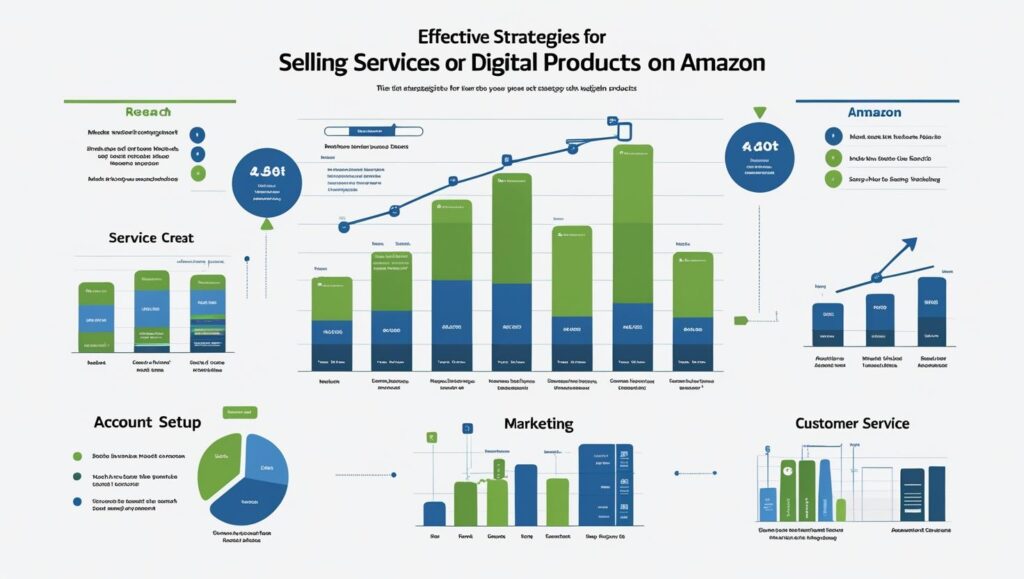If you want your entire website to be AMP-only (meaning every page will be AMP, with no separate non-AMP version), you need to set up your Canonical Tags properly. Let’s understand clearly: Correct Canonical and AMP Link Tags for a Full AMP Website
When Your Whole Website Is Built with AMP
- Every page must follow the AMP HTML structure.
- You still must use a canonical tag.
- But this time, the canonical link should point to the same page itself (self-referencing).
Correct HTML Structure for a Fully AMP Website
Inside the <head> section of every page, you should add the following:
<head>
<meta charset="utf-8">
<title>Your Page Title</title>
<!-- Canonical link pointing to itself -->
<link rel="canonical" href="https://www.yourwebsite.com/this-page.html">
<!-- AMP required scripts -->
<meta name="viewport" content="width=device-width,minimum-scale=1,initial-scale=1">
<script async src="https://cdn.ampproject.org/v0.js"></script>
<link rel="stylesheet" href="https://cdn.ampproject.org/v0.css">
<!-- Your custom AMP CSS -->
<style amp-custom>
/* Your AMP CSS goes here */
</style>
</head>
Important Rules
- The Canonical Tag must point to the page’s own URL (self-referencing).
- Every page must use
<html amp>or<html >syntax at the beginning of the HTML file, like:
<html amp>
or
<html >
- Your AMP page must pass AMP Validation with no critical errors.
Quick Summary Table
| Situation | Correct Canonical Setup |
|---|---|
| If you have both AMP and Non-AMP versions | AMP page ➔ Canonical ➔ Non-AMP version |
| If your entire site is AMP-only | Canonical ➔ Point to same page (self-link) |
Bonus Tip
If your whole website is AMP-only, you do not need to add <link rel="amphtml"> separately.
Just setting the canonical link pointing to itself is enough.
Correct Canonical and AMP Link Tags for a Full AMP Website- Example for a Fully AMP Page
Suppose your page URL is:https://www.mysite.com/about.html
Then your <head> the section should look like this:
<head>
<meta charset="utf-8">
<title>About Us - MySite</title>
<link rel="canonical" href="https://www.mysite.com/about.html">
<meta name="viewport" content="width=device-width,minimum-scale=1,initial-scale=1">
<script async src="https://cdn.ampproject.org/v0.js"></script>
<link rel="stylesheet" href="https://cdn.ampproject.org/v0.css">
<style amp-custom>
/* Your custom CSS for AMP */
</style>
</head>
Final Conclusion
- For a full AMP website, always use a self-referencing canonical tag.
- No need for a separate
rel="amphtml"link. - Follow all AMP HTML rules (no custom JavaScript, limited CSS, no third-party scripts unless approved).
Would you also like me to create a ready-to-use AMP full homepage and blog post template for you?
If so, just tell me your website topic, and I will prepare it based on your needs!
Would you like me to continue with that?

